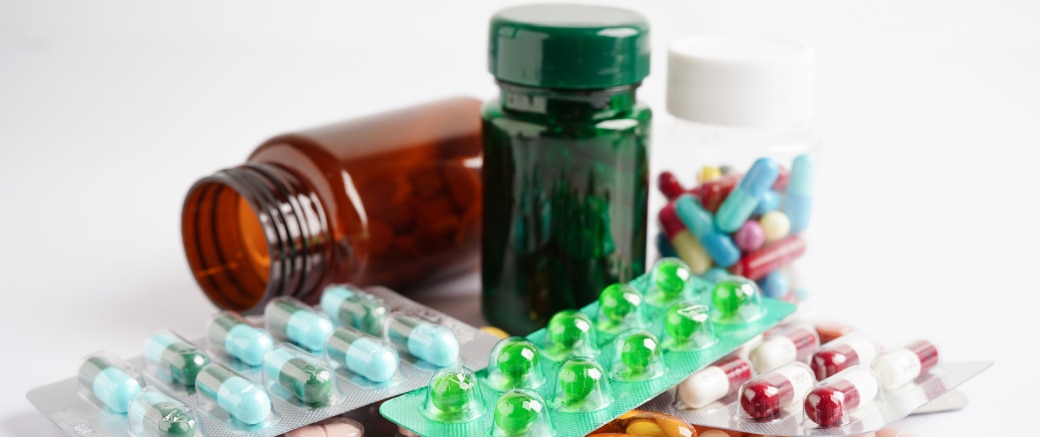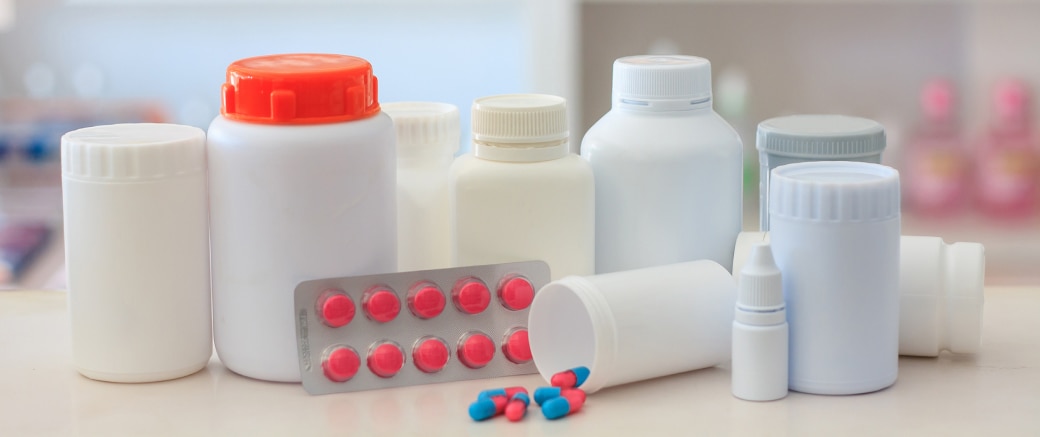Extractables and Leachables: Testing of Pharmaceutical Packaging to Ensure Drug Safety and Efficacy

Shimadzu’s Solutions For Quality Control of Pharmaceuticals
Testing for extractables and leachables (E&L) is a crucial yet often undervalued component in the manufacture of drugs. Identifying and quantifying impurities in our drug products, these studies aim to analyze hazardous chemicals and their associated toxicological risks to safeguard human health.
In this page, we look at the fundamental aspects of extractables and leachables and provide an overview of their significance in the pharmaceutical industry.
Want to hear from our experts? Tune in to our on-demand session on Digital Classrooms for expert insights into extractables and leachables.
Register for the On-Demand Session Now
Learn more about the background context below:
What Are Extractables and Leachables?
Extractables refer to compounds that can be extracted from packaging materials under extreme conditions such as high temperature or aggressive solvent extraction. On the other hand, leachables are compounds that leach from packaging materials under normal operating or storage conditions.
The Importance of Extractables and Leachables Studies

Drug product efficacy, safety and quality are largely dependent on their integrity and purity. Extractables and leachables studies strive to minimize the possibilities of contamination that taint or damage the composition of drug formulations, thereby ensuring patient safety. If not monitored or controlled, extractables and leachables can pose severe health risks, such as toxicity and carcinogenicity.
It is important to note that extractables and leachables studies should not be isolated to the final drug product alone. Medical devices, drug delivery devices and container closure systems should all be evaluated for the presence of extractables and leachables. The migration of unwanted chemicals can happen anytime during the drug product manufacturing process, even after the packaging system following drug formulation.
Register for the On-Demand Now
What Are the Standards Involved in Testing E&L?

There are various standards for extractables and leachables, and the United States Pharmacopeia (USP), PQRI, BPOG, etc. have published their own documents, but there is no unified guideline. To overcome this situation, ICH established a new working group for the evaluation and management of extractables and leachables in July 2020 and reached Step 1, or ICH-Q3E, in 2020, and aim to reach Step 4 in 2024.
This is in particular to the rise of biopharmaceuticals, where its increase in use has drawn attention to the following:
- The transfer of chemical substances by storage
- The transfer of chemical substances by manufacturing
In its “Guidance for Industry Container Closure Systems for Packaging Human Drugs and Biologics”, the FDA refers to the potential interactions between drugs and packaging materials. They claim that injectable and injectable suspension formulations pose a high risk to the human body from E&L (Table 3). As of 2021, biopharmaceuticals accounted for more than 30% of the total pharmaceutical market, and evaluation of E&L has become increasingly important. Biopharmaceuticals are difficult to take orally because of their high molecular weight, so most of it is injectable. In other words, biopharmaceuticals pose more concerns when it comes to E&L than small molecule drugs.
In addition, the cost of R&D and manufacturing of biopharmaceuticals is high, therefore, to decrease development costs and production facilities there is a growing momentum for continuous production of multiple products on a small scale, as opposed to the conventional large-scale production facility using large stainless steel culture tanks. However, since these types of production facilities use single-use equipment made of resin material, risk evaluations of leachables generated between the resin used in the facility and the pharmaceuticals must be implemented.
| Degree of concern Associated with the Route of Administration | Likelihood of Packaging Component Interaction Dosage | ||
|---|---|---|---|
| High | Medium | Low | |
| Highest | Inhalation aerosol and Solutions; Injections and Injectable Suspensions |
Sterile Powder and Powders for Injection; Inhalation powder |
|
| High | Ophthalmic Solutions and Suspensions; Transdermal Ointments and Patches; Nasal Aerosols and Sprays |
||
| Low | Topical Solutions and Suspensions; Topical and Lingual Aerosols; Oral Solutions and suspensions |
Topical Powders; Oral powders |
Oral Tablets and Oral (Hard and Soft Gelatin) Capsules |
Learn More about the Fundamentals of E&L
Is There a Unified Method To Test for Extractables and Leachables?
Unfortunately, having a single method that covers all chemical substances in the analysis is extremely difficult. Chemical substances (monomers, polymerization initiators, antistatic agents, adhesives, etc.) contained in packaging materials and single-use products are often not disclosed due to the unique technologies, knowledge, and patents of each manufacturer. Currently, ICH Q3E is under consideration and aiming to set a threshold value similar to ICH-Q3A / B. Discussions are underway on thresholds that need to be reported, as well as thresholds that require structural determination, and also thresholds that require safety confirmation.
Analytical Techniques in Extractables and Leachables Testing

USP1663 recommends cooperation with vendors (suppliers). This is because the chemicals contained in packaging materials and single-use products are generally unclear. In order to efficiently discover, identify, and quantify leachables, identify the main sources together with the vendor, and determine your experimental parameters, taking in account extraction variables (temperature, time, area to volume ratio, solvent, etc). It may be recommended that users can choose the measurement method that best suits the substance by adding the predicted substance as an extractable/leachable. Shimadzu provides a wide range of equipment and solutions needed to measure E&L. For example, In the process of measuring volatile and semi-volatile organic compounds, the optimal solution is GC/MS. Solvent extraction and heat extraction methods can be used followed by GC/MS for analysis. In contrast, for measuring refractory organic compounds, LC and LC/MS provide an alternative solution that enables the identification and quantification of non-volatile organic matter. Finally, to measure inorganic extracts, ICP, ICP/MS, AA, and other similar methods are suitable. These methods are effective for measuring inorganic (element) extracts.
Extractables and Leachables in Pharmaceutical Products
The regulation of extractables and leachables involved in the manufacture and storage of drugs through pharmaceutical container closure systems and equipment enables consumers and healthcare professionals to have greater assurance and confidence in their diagnoses and administrations. Sensitive and versatile, analytical techniques can assist various scientists and researchers to identify, quantify and control contaminants with the aim of protecting the health of patients.
Learn how else you can jointly contribute to a safer pharmaceutical industry with us below.
Webinar: Basics of Extractables and Leachables Studies
Recently there is an increasing demand for testing the pharmaceutical product to assess the quality of the packaging and storage materials. These can be a potential source for introduction of a variety of unwanted chemical compounds into the pharmaceutical products leading to health hazards in the patient.
Extractable and leachable study is a tool to screen, identify, and use the best quality packaging material so as to minimize the leaching of the unwanted chemicals into the pharmaceutical product. Together with our Senior Application Chemist, Purushottam Sutar, let's discuss the fundamentals of Extractable and Leachable studies to ensure patient safety.